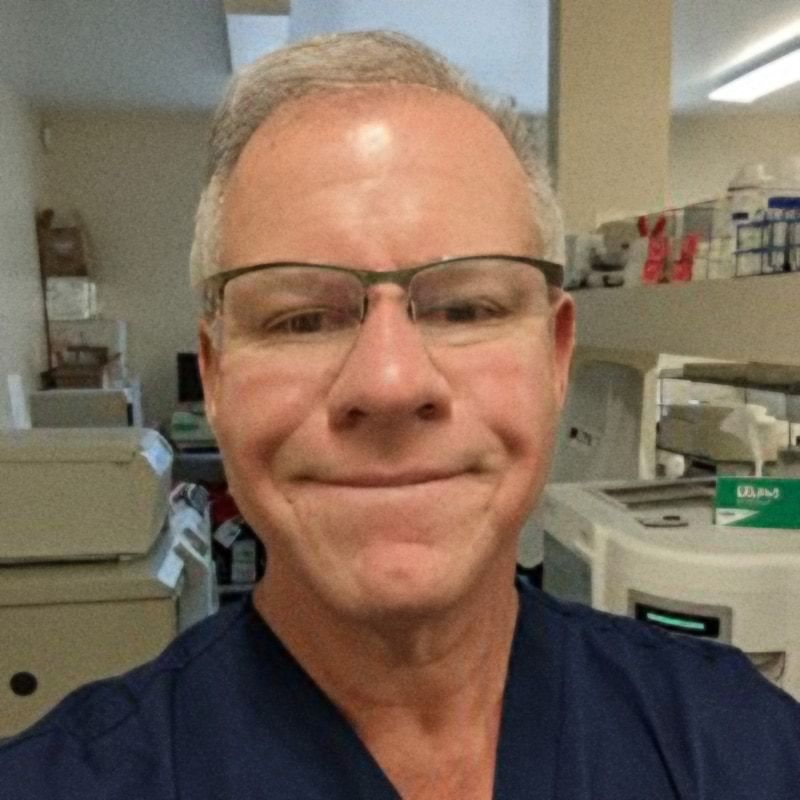Our Latest Research Paper on Disc Stem Cell Injections
Way back when in 2005, I performed what I believe was the first disc stem cell injection on earth. While this procedure has since become more commonplace, when we did this back then, it was “out there.” Today we have published a case series using a novel technique that was developed through years of refinement. This procedure is currently the subject of an FDA-approved phase-2 trial and is also used at our licensed Grand Cayman site.
What Do Disc Stem Cell Injections Help the Most?
While it’s easy to believe that disc stem cell injections are magic, that’s really not accurate. When a technology is new to physicians, they tend to ascribe magical thinking to what it’s capable of accomplishing. That’s where we are right now, with many clinics promising to regrow new discs. However, after 12 years of injecting discs, we learned what’s really possible. To find out more see my video below:
What Does This Stem Cell Procedure Help?
This procedure uses some very special technology that made it the subject of an FDA trial. In this case, we figured out that using stem cells that were conditioned to survive the disc was best. Why? The injured or degenerated disc is a hostile environment where cells can’t thrive, which is one of the reasons degenerative discs degenerate over time.
This procedure doesn’t regenerate a new disc from a degenerated disc. However, what it seems to be helpful for is reducing the size of disc bulges pressing on nerves. Right now, this can only be done through surgery, where the part of the disc pressing on the nerve is excised (discectomy). The problem is that taking out a part of the outer wall of the disc just weakens it, leaving it more prone to failure in the future.
Our Newly Published Study
In this study, we followed 33 patients with the first being treated in 2008 (after we had begun using this novel disc procedure) and the last in 2014. First, there were no serious complications in the group of patients treated, which is a big deal when stem cells that are grown to bigger numbers (culture expanded) are used. Second, there was overall good pain relief. Finally, most of the disc bulges reduced in size on follow-up MRIs. This is important, as if this is confirmed via the phase-2 FDA study, this injection procedure would take the place of hundreds of thousands of surgeries.
The upshot? This procedure seems to be a game changer. We’ll see what happens in the FDA trial, but getting rid of discectomy surgery would be a net positive for everyone.
The Regenexx-C procedure is not approved by the USFDA and is only offered in countries via license where culture-expanded autologous cells are permitted via local regulations.

If you have questions or comments about this blog post, please email us at [email protected]
NOTE: This blog post provides general information to help the reader better understand regenerative medicine, musculoskeletal health, and related subjects. All content provided in this blog, website, or any linked materials, including text, graphics, images, patient profiles, outcomes, and information, are not intended and should not be considered or used as a substitute for medical advice, diagnosis, or treatment. Please always consult with a professional and certified healthcare provider to discuss if a treatment is right for you.